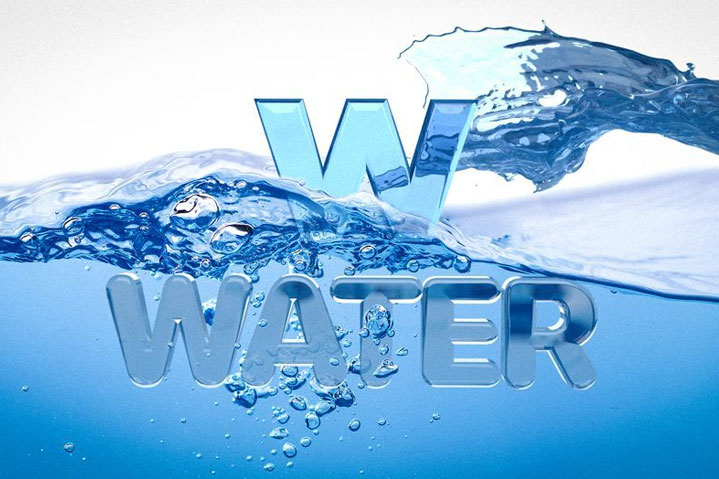Hydrogen from A to Z: W for Water
By: GenH2 Staff
Read Time: 3 minutes
Defining the Hydrogen Economy from A to Z: W is for Water
By GenH2 Staff 3 MINUTE READ
Continuing on in our defining the Hydrogen economy from A-to-Z series, we are focusing on the letter W for Water, and discussing energy that comes from the flow of water, called Hydropower.
Water is maybe the most unusual substance in the universe and essential to human life and existence. Up to 60% of the human body is water and yet perhaps take it for granted sometimes. We strive to protect its resources, and look for water beyond the Earth, in the form of ice on other planets like Mars and the Earth’s Moon. For reaching our cleaner Hydrogen energy goals, water is also an important and essential hydrogen molecule resource and a source of power through the flow of water, Hydropower.
Hydroelectric energy is one of the oldest and largest forms of renewable energy that uses the power of moving water to generate electricity. Humans have been harnessing water to perform work for thousands of years. The Greeks used water wheels for grinding wheat into flour more than 2,000 years ago, while the Egyptians used Archimedes water screws for irrigation during the third century B.C. In the United States, before steam power and electricity were available, grain and lumber mills were powered directly with hydropower. Historically, the first industrial use of hydropower to generate electricity in the U.S. was in 1880, and the first U.S. hydroelectric power plant to sell electricity was in 1882. This energy source is dependable and is among the most cost-effective means of generating electricity where a water resource is available.
Because the source of hydroelectric power is water, hydroelectric power plants are usually located on or near a water source. Most hydroelectric power plants have a reservoir of water, a gate or valve to control how much water flows out of the reservoir, and an outlet or place where the water ends up after flowing downward. Water gains potential energy just before it spills over the top of a dam or flows down a hill. The potential energy is converted into kinetic energy as water flows downhill. The water can be used to turn the blades of a turbine to generate electricity, which is distributed to the power plant’s customers.
In the past century, innovations have enabled hydropower to become an integral part of the renewable energy mix in the United States and the world. Hydropower was one of the first sources of energy used for electricity generation, and until 2019, was the largest source of total annual U.S. renewable electricity generation. Currently, hydropower is the most widely-used renewable power source in the world, accounting for more than 18% of the world’s total installed power generation capacity and more than 54% of the global renewable power generation capacity. According to references, approximately 71% of all of the renewable electricity generated on Earth is from hydropower.
The flow of water as Hydropower is a valuable renewable energy generator for electricity that can also be used to split water itself into hydrogen and oxygen using an Electrolyzer. The electrolyzer splits out the hydrogen gas from water, is captured, and can be used directly as an energy carrier or further compressed to Liquid Hydrogen. GenH2 believes that Liquid Hydrogen is the best way to utilize Hydrogen volumetric mass density and energy density through further densification. The flexibility of interfacing a range of small to large electrolysis Hydrogen production capabilities with liquefaction, storage and transfer is an important option for providing time-savings to infrastructure solutions needed in meeting the Hydrogen value chain needs for land, sea, and air applications as we move towards a lower carbon footprint future.
Join us again next week as we explore another letter in our Discover the Hydrogen Economy from A to Z series.



